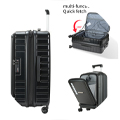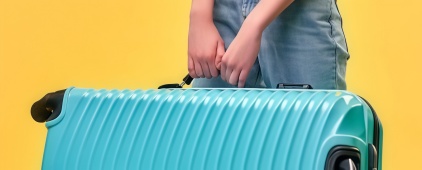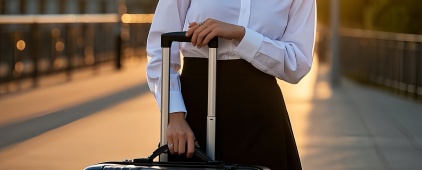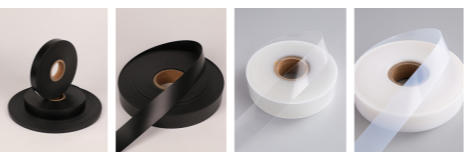Hard Shell vs Soft Shell Luggage: Which Is Better for Business Trips
Hard Shell vs Soft Shell Luggage: Which Is Better for Business Trips
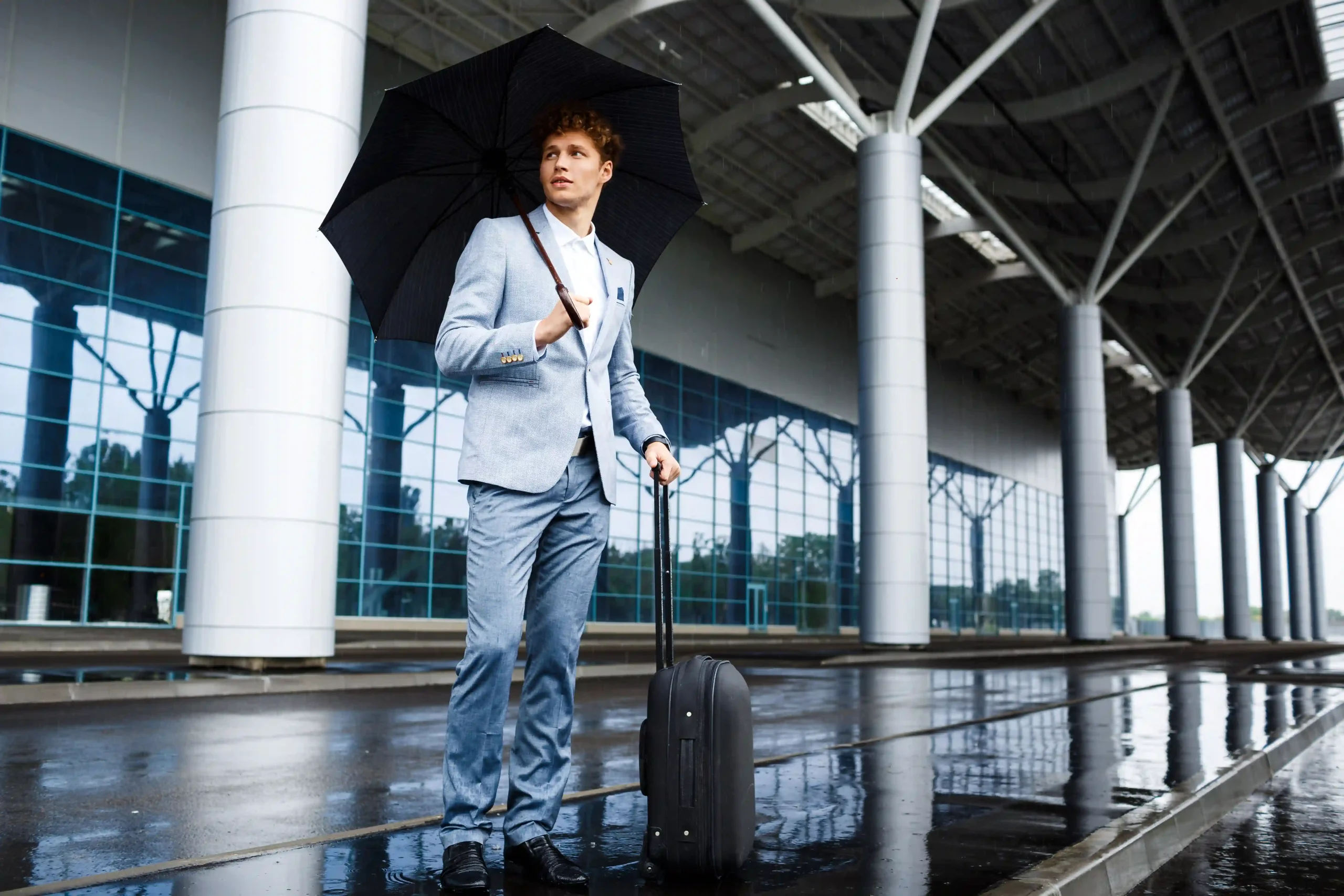
Business trips need good planning, a clean look, and strong gear. Your bag can make your trip easy or hard. Whether you’re going to a work meeting, a big event, or a trip to another country, your suitcase must keep your things safe, fit your sharp style, and work well for travel. This guide compares hard shell and soft shell suitcases. It shows what makes them different to help business travelers pick the best one.
Why Picking the Right Bag Is a Big Deal for Business Travelers
For people who travel for work, a suitcase is more than just a bag. It’s a helper that makes your trip better. A good bag keeps your shirts neat, your gadgets safe, and lets you move fast through airports. A bad bag can break your stuff or mess up your packing. It might even make you late for a flight. Choosing the right bag helps you focus on your job.
Things to Think About When Choosing Travel Bags
Picking a suitcase means looking at how strong it is, how much it weighs, how it’s organized, and how it looks. Business travelers need to think about airline rules, what they pack, like computers or papers, and how often they travel. Hard shell and soft shell bags each have their own perks. Knowing these helps you make a good choice.
Defining Carry-On and Checked Bags
Knowing the difference between carry-on and checked bags is super important for business travelers. It changes how you pack and move during your trip.
What Counts as Carry-On vs Checked Bags
Carry-on bags fit in overhead bins or under seats. They’re usually up to 22 x 14 x 9 inches, including wheels and handles, for most airlines. Checked bags are bigger and go in the plane’s cargo hold. They’re often 24 to 30 inches tall. Both hard shell and soft shell suitcases come in carry-on or checked sizes, fitting different trip needs.
Which Category Do Hard Shell and Soft Shell Suitcases Fit Into?
Hard shell and soft shell suitcases can be carry-ons or checked bags. For example, a hard shell carry-on suitcase is great for short work trips. A soft shell checked bag is good for longer trips with more stuff. Your choice depends on how long your trip is and what the airline says.
Airline Rules on Size and Weight
Most airlines say checked bags can weigh up to 50 pounds. Carry-on size rules are tougher, especially on flights to other countries. European airlines often allow smaller carry-ons, like 21 x 13 x 8 inches. Hard shell bags, made of hard plastic, can be heavier. Soft shell bags, made of cloth, are usually lighter but not as stiff.
Rules on What You Can Pack
Carry-on bags have strict rules. You can’t pack liquids over 3.4 ounces, sharp things, or dangerous stuff. Checked bags let you pack more, but things like explosives are not allowed. Both bag types need to hold work stuff, like laptops or files, so keeping things tidy is important.
Material and Structural Differences Between Hard Shell and Soft Shell Suitcases
How a bag is built changes how it works. Hard shell and soft shell suitcases use different stuff and designs, which affect how they fit business travel.
How Hard Shell Suitcases Are Made
Hard shell suitcases are built with tough materials, like hard plastic or metal. They have a solid outside that stays in shape. Plastic ones are light but strong. Metal ones are heavier but really tough. These materials make a safe case, great for keeping gadgets or delicate things protected.
Cloth and Stretch in Soft Shell Suitcases
Soft shell suitcases are made from strong cloth, like nylon. For example, an Oxford fabric carry-on is tough and light. These bags stretch to hold extra things. This makes them awesome for travelers who pack more or have trips with many stops.
These differences in materials lead to different strengths for toughness and protection.
Durability and Protection Capabilities
A strong bag is super important for business travelers who need gear that lasts through lots of trips. Both bag types protect in their own ways.
How Hard Shell Bags Handle Bumps
Hard shell suitcases are great at taking hits. Their solid build catches shocks without breaking. This keeps laptops, tablets, or papers safe. They might get scratches over time, though. Their toughness makes them perfect for delicate stuff.
How Soft Shell Bags Resist Tears
Soft shell bags use strong cloth that doesn’t tear easily. They last through many trips. They might not take bumps as well as hard shells, but their stretchy design stops them from breaking. This makes them trusty for people who travel a lot.
Keeping Fragile or Valuable Stuff Safe
Hard shell bags protect delicate things, like gadgets, better because their solid design stops crushing. Soft shell bags, being stretchy, might not guard fragile stuff as well, especially in checked bags. For travelers with electronics, hard shells are usually safer.
Weight, Portability, and Storage Efficiency
Business travelers need bags that are easy to carry and store, especially in busy airports or tiny hotel rooms.
Weight of Hard Shell vs Soft Shell Bags
|
Bag Type |
Carry-On Weight |
Checked Bag Weight |
|
Hard Shell |
7–10 pounds |
10–15 pounds |
|
Soft Shell |
6–9 pounds |
8–12 pounds |
Soft shell bags are often lighter. This helps with airline weight rules. Hard shell bags are a bit heavier but give strong protection.
Moving Through Airports, Hotels, and Transit
Both bag types usually have wheels that spin all ways, making them easy to roll. Soft shell bags, like a portable soft-sided suitcase, are lighter. They’re easier to lift in crowded spots, like busy airports.
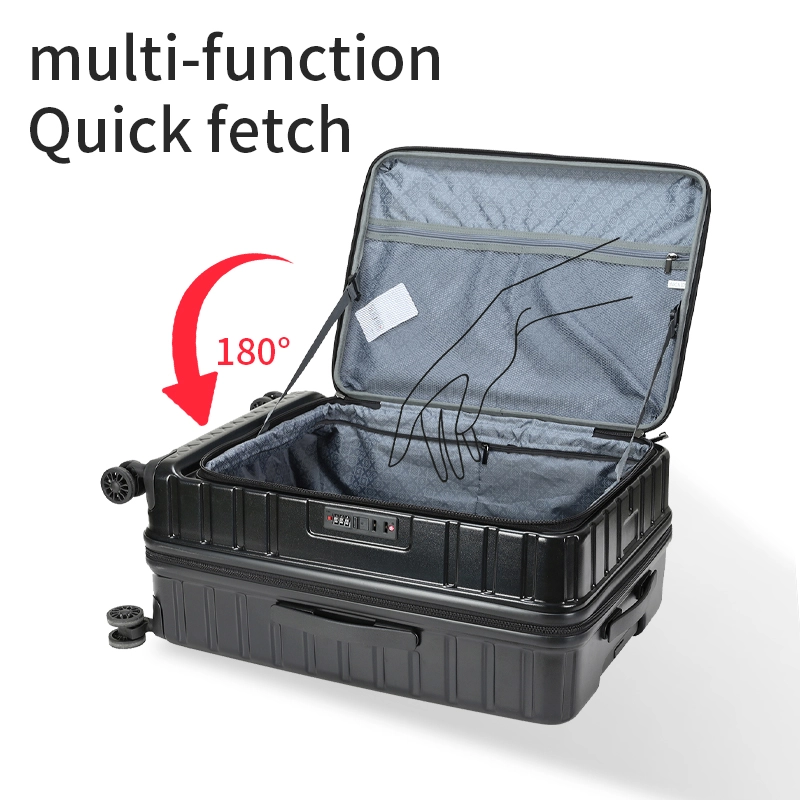
Storing in Overhead Bins or Car Trunks
Soft shell bags can squish into small spaces, like bins above plane seats or car trunks. This makes them great for carry-on travelers. Hard shell bags, with their set shape, need more room. But they stack well for checked bags, like on boat trips.
Organizational Features and Accessibility
Packing neatly and reaching items quickly is a must for business travelers with busy days.
Inside Pockets in Hard Shell Bags
Hard shell bags often open like a book with two equal parts. They use mesh dividers or straps to keep things tidy. One side can hold clothes, and the other keeps gadgets or papers neat.
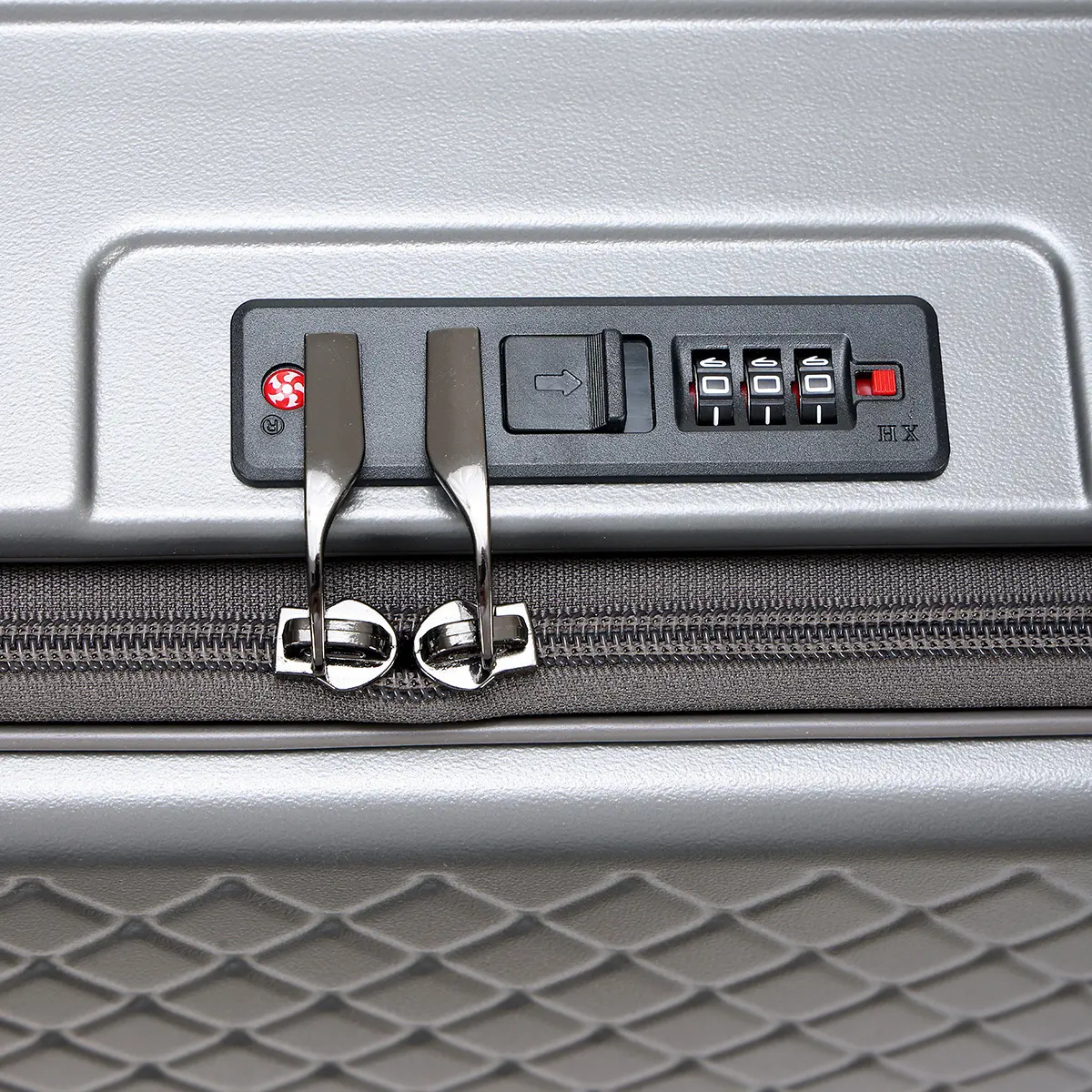
Outside Pockets and Extra Space in Soft Shell Bags
Soft shell bags have outer pockets for quick grabs of laptops or tickets. Their zippers can stretch, letting you pack more. This is awesome for trips where you pick up extra stuff, like gifts.
Getting to Stuff During Travel
Some soft shell bags have top openings. This makes it easy to grab things in small spaces, like hotel rooms. Hard shell bags need to open flat, which can be less handy. But they keep stuff tidy and easy to see.
Security Features for Business Travelers
Protecting your stuff is super important, especially if you carry important papers or pricey gadgets.
Locks and Safety in Hard Shell Suitcases
Hard shell bags often have combination lock. Their solid build makes it harder for someone to get in. This gives you calm, especially on trips to other countries.
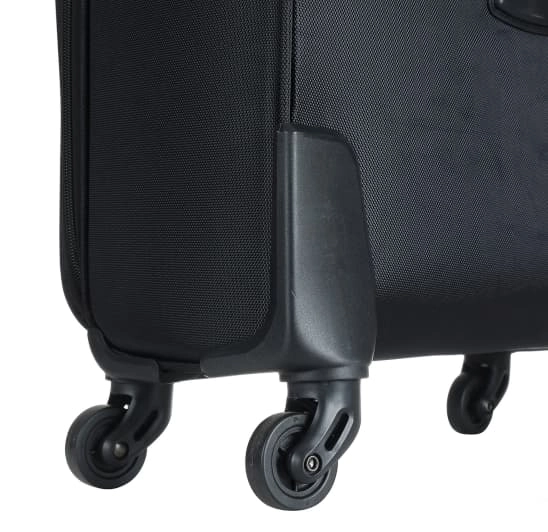
Zipper Safety in Soft Shell Bags
Soft shell bags may use tough zippers that are hard to break. Some have lockable sliders. But their cloth outside can be cut more easily, making them less safe for checked bags.
Weather protection is also key for travelers dealing with rain or spills.
Water Resistance and Weather Protection
Business trips often mean walking outside. Your bag needs to handle wet weather.
Waterproof Hard Shell Outsides
Hard shell suitcases, especially those made of strong plastic, keep water out well. They protect your stuff in rain or spills, keeping papers or gadgets dry.
Water-Pushing Cloth in Soft Shell Bags
Soft shell bags use cloth that pushes water away. They’re okay in light rain but might not work as well in big storms. Hard shells are better for wet weather.
Style, Aesthetics, and Professional Appearance
How your bag looks also matters for showing a pro style. Your suitcase shows your work style, especially in business places.
Cool Look of Hard Shell Suitcases
Hard shell bags have a smooth, new look. Their clean design looks great in meeting rooms or with clients. Options like a front-open hard shell set add function without losing style.
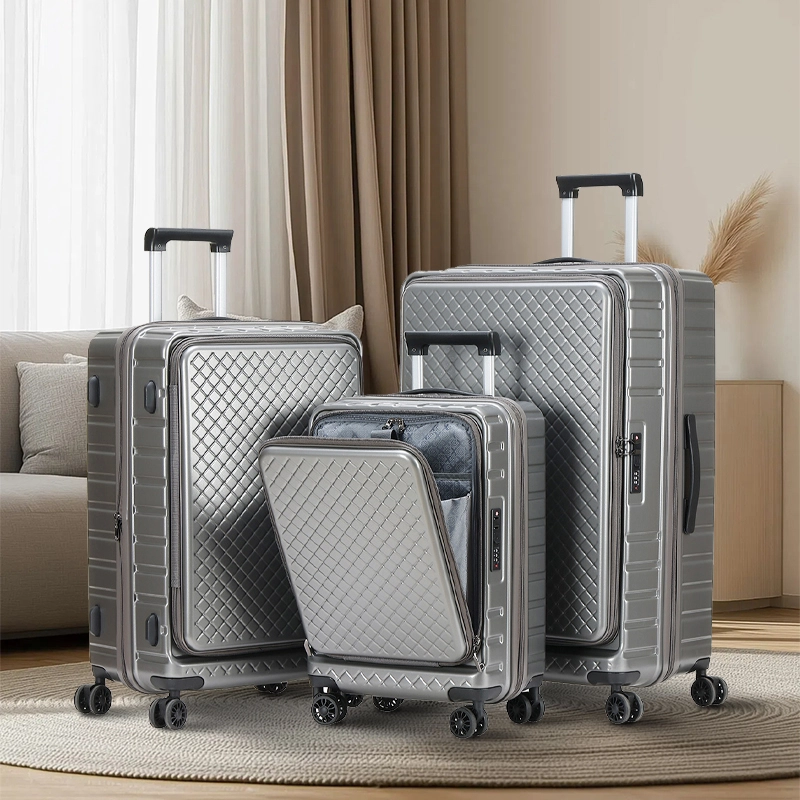
Handy Look of Soft Shell Bags
Soft shell bags have a plain, useful look. They fit travelers who care more about use than flash. Their simple style works in many work settings.
Ideal Use Scenarios for Each Type on Business Trips
Your trip plan and packing needs decide the best bag.
When to Pick a Hard Shell Bag: Overseas Flights, Meetings, Gadget Carrying
Hard shell bags are great for flights abroad where checked bags get rough treatment. They’re also good for carrying gadgets like laptops or tablets that need strong protection. Their sharp look is great for meetings.
When to Choose a Soft Shell Bag: Multi-Stop Trips, Flexible Packing
Soft shell bags work well for trips with many stops. Their stretch and outer pockets are perfect for travelers who need to pack extra or grab stuff fast.
For awesome choices in both types, check out a trusted maker like Jiayin.
Jiayin – A Trusted Supplier of High-Quality Travel Suitcases
Jiayin, a top bag maker, offers lots of hard shell and soft shell suitcases for business travelers. They focus on strength, use, and style. Their products meet the needs of pros who want trusty travel gear. From light soft-sided carry-ons to tough hard shell sets, Jiayin makes quality bags for easy business trips. You can get more information from their Contact Us page.
Conclusion
Choosing between hard shell and soft shell suitcases depends on what you need. Hard shell bags give strong protection and a cool look, great for trips abroad or carrying gadgets. Soft shell bags are light and stretchy, perfect for trips with many stops. Think about your travel needs. Pick a bag that makes your trips easier and more pro.
FAQs
Q1: Which bag type is better for keeping gadgets safe on business trips?
A: Hard shell suitcases are usually better for gadgets like laptops or tablets. Their solid build stops crushing. Bags with padded parts add more safety.
Q2: Can soft shell bags fit airline carry-on size rules?
A: Yes, many soft shell bags are made to fit the 22 x 14 x 9-inch carry-on limit. Their stretch lets you pack a bit more while fitting in overhead bins.
Q3: Are hard shell bags tougher than soft shell ones for lots of business trips?
A: Hard shell bags handle bumps well. Soft shell bags show fewer scratches. They last long if made from tough cloth, like strong nylon, making them great for regular trips.


